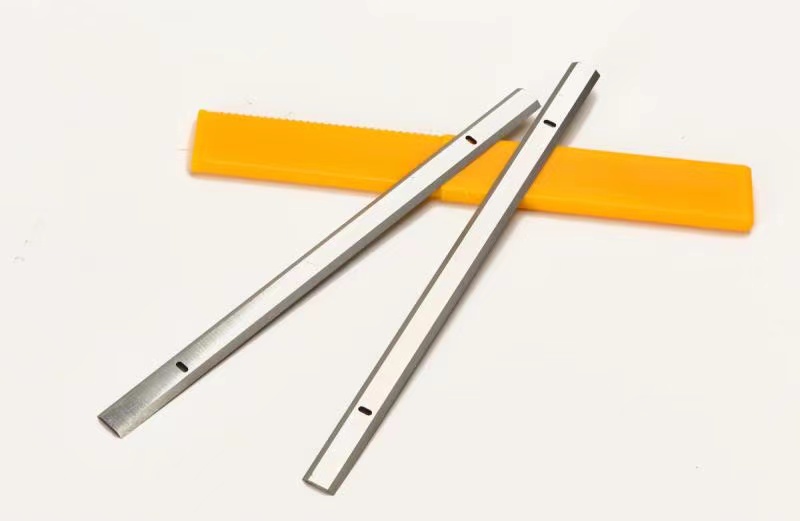The history of woodworking planer blades can be traced back to ancient times when people used primitive tools like stones and bones to shape and smooth wood surfaces. However, the first real planer blade was invented in the early 19th century by Leonard Bailey, an American tool maker.
Bailey’s planer blade featured a cast iron body and a replaceable blade that could be adjusted for depth and angle. This design quickly became popular, and Bailey went on to found the Stanley Rule and Level Company, which produced a wide range of woodworking tools, including planer blades.
In the late 19th century, the development of high-speed steel allowed for the production of stronger and more durable planer blades. These blades could be sharpened to a finer edge and could cut through harder woods with greater ease.
In the early 20th century, the introduction of carbide-tipped blades further
revolutionized the woodworking industry. Carbide-tipped blades could last up to
50 times longer than traditional steel blades and could cut through even the toughest woods with ease.
Today, planer blades come in a variety of materials, including high-speed steel, carbide, and diamond. They can be sharpened to incredibly fine edges and can be adjusted for depth and angle with precision tools.

In addition to traditional planer blades, there are now also electric planers, which use spinning blades to quickly and efficiently remove material from wood surfaces. These modern tools have made woodworking more accessible and efficient than ever before.
Overall, the development of planer blades has played a significant role in the
history of woodworking, allowing craftsmen to shape and smooth wood surfaces with greater precision and efficiency.
